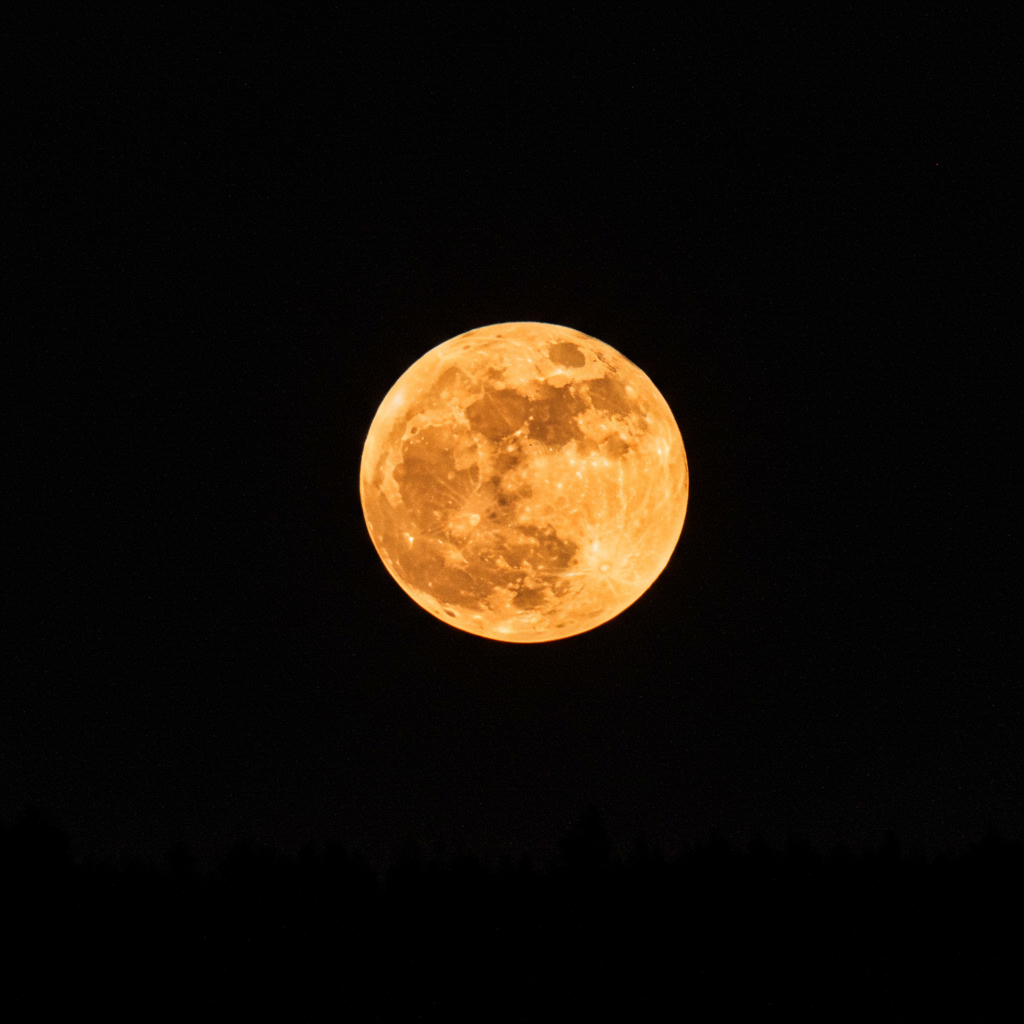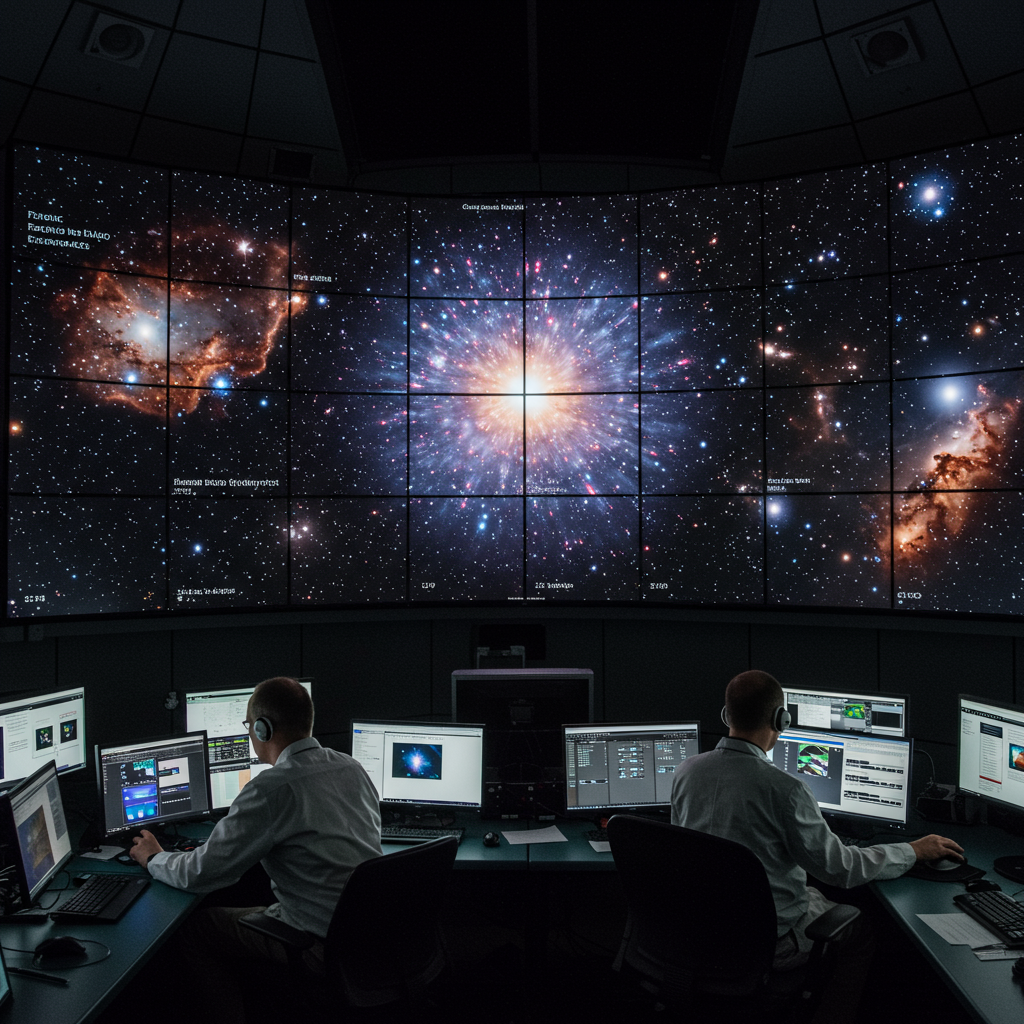June’s full moon, affectionately known as the Strawberry Moon, captured the attention of sky-watchers worldwide in 2025. Living up to its “spectacular” reputation, the celestial event graced the night sky with its characteristic amber and sometimes rosy glow, marking either the final full moon of spring or the first of summer and standing as the sixth full moon in the 2025 calendar.
Year after year, the Strawberry Moon offers stunning photographic opportunities and connects observers to ancient traditions. Let’s delve into what makes this full moon so special, particularly the details of the 2025 event and its rich history.
What is the Strawberry Moon?
The Strawberry Moon is simply the traditional name for the full moon that occurs in June. While its timing can vary slightly, it consistently arrives during this late spring/early summer period in the Northern Hemisphere. Its appearance is often described as having warm, amber hues, particularly as it rises near the horizon.
The Sweet History Behind the Name
The most widely accepted origin for the name “Strawberry Moon” comes from the traditional knowledge of various Indigenous tribes in North America, particularly the Algonquin. According to resources like the Old Farmer’s Almanac and information cited by Western Washington University, the name reflects the fact that June is the prime season for harvesting ripe strawberries in the northeastern United States. This aligns with the common practice of naming moons based on seasonal events, much like May’s “Flower Moon” signifies the explosion of spring blossoms.
However, the June full moon has been known by many other names across different cultures:
Other Native American Tribes: Names like the “Hot Moon” and “Blooming Moon” highlight the changing seasons, while “Hatching Moon” or “Birth Moon” reference new life emerging in nature.
European Cultures: Historically, Europeans have called it the “Rose Moon” (perhaps referencing June roses) or the “Honey Moon,” as June often marked the first honey harvest of the year. This latter name is sometimes linked to the tradition of honeymoons following June weddings.
The 2025 Strawberry Moon: Timing and Unique Features
For dedicated sky-watchers in 2025, the Strawberry Moon officially reached peak illumination on June 11th at 3:44 AM ET. However, the truly breathtaking views, when the moon often displays its most vibrant amber tones, were best captured during moonrise on the evening of June 10th, especially in the Southeast regions of the U.S.
Adding to the astronomical spectacle in 2025, the red supergiant star Antares was also visible near the moon. For observers in Australia, New Zealand, and other parts of the South Pacific, a particularly rare event occurred: the moon performed an occultation of Antares, effectively blocking the bright star as it passed in front of it. Antares is the brightest star in the constellation Scorpius, and this lunar occultation unfolded at twilight in the western South Pacific and later in the evening further east in the region.
A fascinating characteristic of the 2025 Strawberry Moon for those in the Northern Hemisphere was its unusually low position in the sky. It was the lowest-hanging full moon of the year and the lowest seen since 2006. This phenomenon is due to the major lunar standstill, a cycle that occurs roughly every 18.6 years, causing the moon’s rising and setting points on the horizon to reach their most extreme northern and southernmost limits.
Experiencing the Strawberry Moon: Past and Present
The Strawberry Moon has inspired stunning visuals and cultural connections throughout history.
In 2016, the Strawberry Moon coincided with the summer solstice, a rare alignment. NASA Astronaut Jeff Williams captured a now-famous image of the moon’s “spectacular rise” from the International Space Station during this unique event.
More recently, the June full moon has continued to provide memorable sightings:
In 2023, it cast a magical glow over New York City landmarks like the Statue of Liberty and the Manhattan skyline, resulting in striking early morning photographs.
The 2024 Strawberry Moon, sometimes called the “Strawberry Solstice Moon” as it closely followed the summer solstice, also prompted global photography from locations including Athens (rising behind the Temple of Poseidon), various points around New York City (highlighting the Empire State Building and Statue of Liberty), Sydney, Australia (over the Sydney Tower Eye), and Italy (over the Tower of Roca Vecchia). These images consistently captured the moon’s characteristic orange-pink or red hues.
- The moon’s influence even extends to unique cultural experiences, such as the Luna Omakase restaurant in London, which structures its traditional Japanese multi-course dining experience around moon cycles, noting specific sittings aligned with the ‘strawberry’ full moon.
- time.com
- www.wallpaper.com
- www.space.com
- www.manchestereveningnews.co.uk
- www.liverpoolecho.co.uk
Regardless of the year, the best way to witness the Strawberry Moon is typically from a location with minimal light pollution and an unobstructed view, ideally towards the eastern horizon during moonrise. NASA suggests giving your eyes ample time to adjust to the dark when viewing with the naked eye. For a more detailed look at lunar features like craters and mountain ridges, binoculars or a small telescope can greatly enhance the experience.
As these global photos attest, the Strawberry Moon is a reliable source of natural beauty and a reminder of the enduring power of celestial events to connect us across time and cultures.




